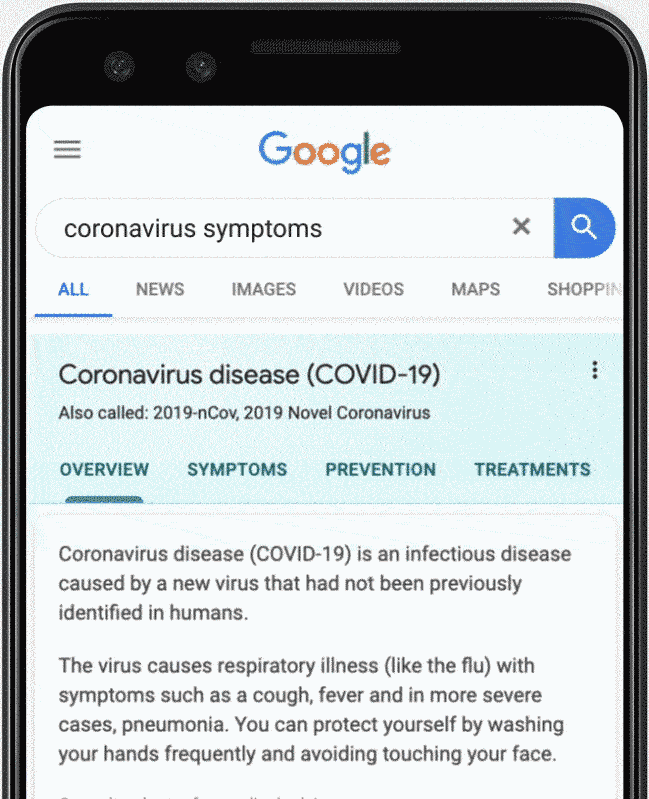
The cellphones that most people carry in their pockets are the equivalent of what was called supercomputers just a few years ago, with more than 8 billion transistors in each new device. The nanotechnology that we hear about at medical science meetings is already present in these devices with sensors and micro-communications.
Apple and Google recently announced their joint effort to create a platform to allow health care authorities to track spread. From what I know from years of working on Apple devices and programs, that’s great news, because it can be implemented rapidly, rolled out and scaled quickly, and has the promise of filling the need for tracking and controlling spread—two things that are desperately needed to gain control over the virus. The system will work by using near-field Bluetooth radio signals in the Bluetooth low-energy beacon system that is found in all modern phones. This allows the computer chips in our phones to securely communicate with each other, and track and record the other phones (people) who have come within a few feet of us.
We, as a doctor, know that two things that are urgently needed to get COVID-19 under control: universal testing and universal tracking. Both of these seem like monumental tasks that might involve millions of medical and social workers to accomplish. The good news is that the technology is already available, and it’s very possible to assist in tracking.